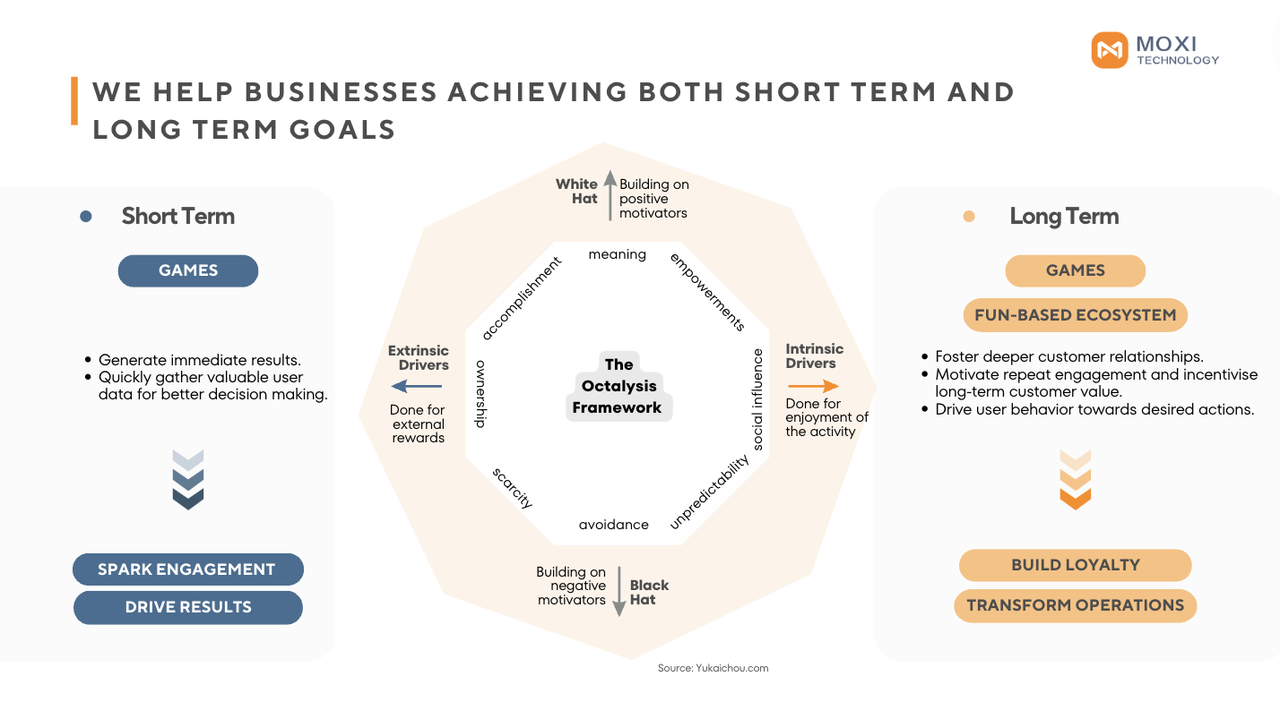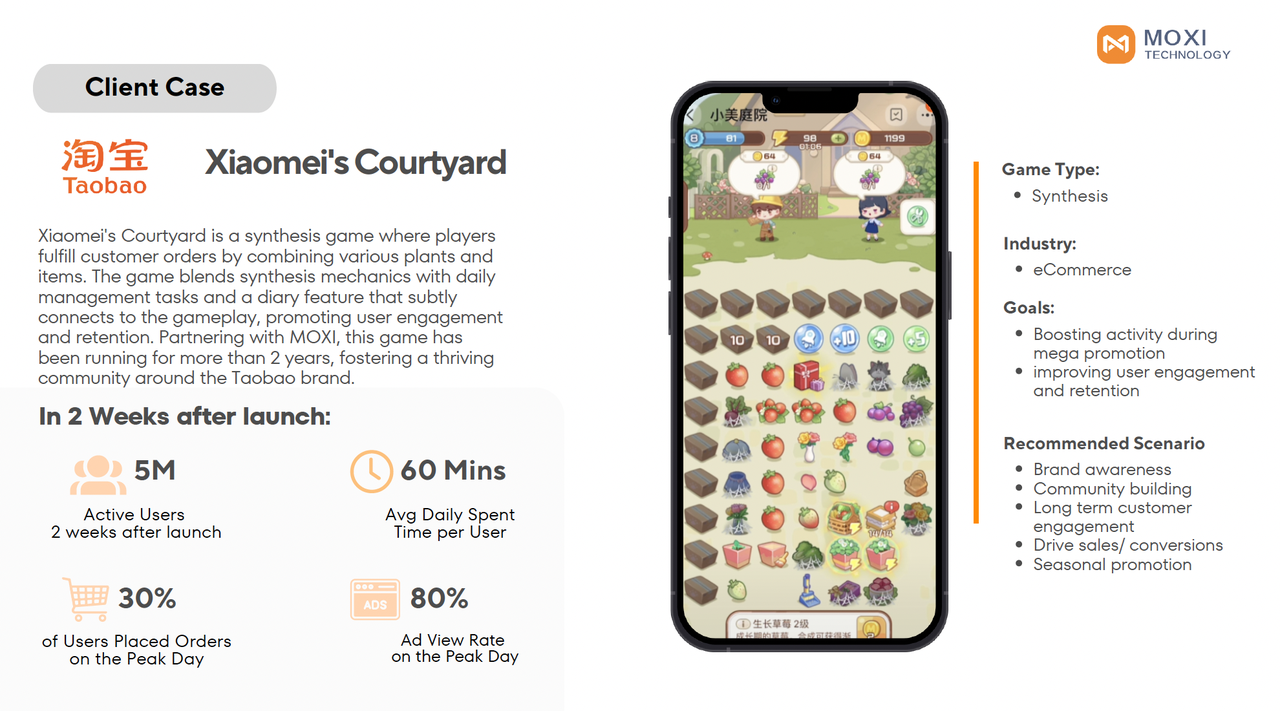Gamification has evolved from a basic loyalty reward concept into a sophisticated tool for enhancing engagement across various fields. This article explores how gamification has progressed, particularly in the business and marketing sectors.
01
Early Beginnings: Rewards for Loyalty
1896: S&H Green Stamps
The roots of gamification can be traced back to 1896 with the introduction of S&H Green Stamps by the Sperry & Hutchinson Company. Retailers such as supermarkets, department stores, and gas stations distributed these stamps to customers as a bonus for their purchases. Customers collected the stamps in booklets and redeemed them for a variety of products from S&H catalogs or local Green Stamps stores. The program became immensely popular, with S&H issuing more stamps during the 1960s than the U.S. Postal Service. This early loyalty program laid the groundwork for future gamification efforts by demonstrating the power of rewards to drive customer loyalty and repeat business.
The 1970s saw the rise of social video games, with companies like Sega and Atari introducing arcade games. These games became popular in public spaces, encouraging players to compete for high scores and social recognition. This era marked the beginning of integrating game mechanics into social and public settings, laying the foundation for future digital gamification.
1981: American Airlines’ AAdvantage Program
In 1981, American Airlines launched the AAdvantage program, the first frequent flyer program. This initiative rewarded loyal customers with miles that could be redeemed for flights, revolutionizing customer loyalty programs and setting a new standard for gamification in the travel industry. The success of AAdvantage demonstrated the potential of gamification to create long-term customer loyalty through structured rewards systems.
1983: Holiday Inn’s Loyalty Program
Following the success of the AAdvantage program, Holiday Inn launched the first hotel loyalty program in 1983. This program further demonstrated the potential of gamification to drive customer loyalty and repeat business by offering rewards for frequent stays.
1987: National Car Rental Rewards Program
National Car Rental introduced the first car rental rewards program in 1987, continuing the trend of using gamification to incentivize customer loyalty across various industries. This program rewarded customers with points for each rental, which could be redeemed for free rental days and other perks.
02
The late 1990s to Early 2010s: The Modern Gamification Movement
By the 1990s, about 30% of American households owned a Nintendo Entertainment System (NES), highlighting the growing popularity of home video games. This era saw the widespread adoption of game mechanics, such as points, badges, and achievements, in digital entertainment, paving the way for modern gamification techniques.
2002: Serious Games Initiative
The Serious Games Initiative, founded in 2002, aimed to use games to promote user engagement in fields such as education, health, and public policy. This initiative marked the beginning of recognizing games as serious tools for learning and engagement, expanding the application of gamification beyond entertainment.
2003: Nick Pelling Coins "Gamification"
Nick Pelling, a British-born game designer, coined the term "gamification" in 2003. He envisioned applying game-like elements to non-game contexts to enhance user experience and engagement, laying the conceptual foundation for modern gamification. Pelling's work emphasized the practical application of game mechanics in various industries.
2007: Bunchball and Dunder Mifflin Infinity
Bunchball, founded in 2007, created the first gamification platform. One of their famous products, Dunder Mifflin Infinity, is a gamified website for the TV show "The Office." This initiative demonstrated the potential of gamification to drive online engagement, receiving over 8 million page views in six weeks. Bunchball's platform allowed businesses to integrate gamification into their digital strategies effectively.
2012: Open Badges by Mozilla
Mozilla introduced Open Badges in 2012, allowing users to earn and display digital badges for their achievements. This initiative expanded gamification in professional development and education, providing a standardized way to recognize and showcase skills. Open Badges allowed users to build verifiable records of their achievements.
Until the 2010s, badges, points, and leaderboards remained the most frequently used gamification techniques. And more milestones are happening in 2012.
In 2012, Kevin Werbach, a professor at Wharton School, launched a gamification course on Coursera, attracting 45,000 participants. He authored "For the Win," detailing gamification principles, which was republished in 2020. His gamification theory is structured into three layers: Dynamics (including constraints, emotions, and narrative), Mechanics (covering challenges, competition, and rewards), and Components (featuring achievements, avatars, and leaderboards). This framework helps integrate game elements into business and educational contexts to enhance engagement and motivation.
In 2012, Gartner’s report forecasted that by 2015, 40% of Global 1000 organizations would use gamification as the primary mechanism to transform business operations. However, they also predicted that by 2014, 80% of current gamified applications would fail to meet business objectives due to poor design.
Yu-Kai Chou developed the Octalysis Framework in 2012, a comprehensive gamification framework to analyze and harness eight core human drives that motivate behavior: Meaning, Accomplishment, Empowerment, Ownership, Social Influence, Scarcity, Unpredictability, and Avoidance. By understanding these drives, designers can create more engaging and effective experiences that resonate with diverse audiences. Based on the Octalysis Framework, we built our gamification solutions to help businesses achieve both short-term and long-term goals.

03
Late 2010s: The rapid adoption of gamification in eCommerce
Launched in 2015, Pinduoduo, a Chinese budget online marketplace, gamified its user experience to boost app engagement amidst fierce competition. Users engage in daily check-ins to earn points and play games like Duo Duo Orchard, nurturing virtual trees to earn real fruit. This strategy propelled Pinduoduo to become one of China's top e-commerce platforms within a decade.
In payments, Alipay's "Ant Forest" launched in 2016, lets users earn green energy points for eco-friendly actions, leading to the planting of over 100 million trees and engaging 500 million users, enhancing loyalty and promoting sustainability.
Similarly, Shopee, a Southeast Asian e-commerce platform under SEA Group, uses gamification to enhance shopping. Users earn Shopee coins for discounts by playing games like Shopee Shake and Shopee Farm, which encourage social interaction and engagement.
Replicating such success is challenging. Effective gamification requires a deep understanding of game mechanics and business operations, significant investment in human resources, and collaboration with experienced game designers. As a result, many industry leaders opt for third-party gamification solutions to ensure success. MOXI Technology is a leading gamification solution provider, selected by over 500+ brands, including many industry leaders such as Taobao and Alipay.
04
Managing operation through gamification: What makes MOXI’s gamification solution different
MOXI Technology, founded in 2019, has been a pioneer in bringing gamification to business solutions. The company starts with building gamification solutions for supermarket chains like C.P. Lotus Corporation, and RT-MART. At that time, we realized that even a well-established business has unsolved challenges in marketing and operations, where gamification can perfectly plugin, turning one-time visitors into lifelong engaging customers.
In the past five years, MOXI Technology has been selected by over 500+ international brands for gamification solutions. For example, MOXI Technology partnered with Taobao to create Xiaomei's Courtyard, a synthesis game where players fulfill orders by combining plants and items. This game blends daily management tasks with gameplay, promoting user engagement and retention. Within two weeks of launch, the game attracted 5 million active users, with an average daily engagement of 60 minutes per user. On peak days, 30% of users placed orders, and the ad view rate reached 80%. This collaboration has successfully enhanced brand awareness and long-term customer engagement for Taobao.

With 75% of the team focused on R&D, MOXI Technology brought cutting-edge gamification technology to the market, which “democratizes” complex gamification solutions for businesses. Even for company like Alipay and Taobao, they can easily deploy gamification solutions in days, not months.
Gamification has come a long way from its early beginnings, and its potential continues to grow. Don't miss the opportunity to enhance your business with innovative gamification strategies.
Are you ready to embrace the future of gamification? Explore how MOXI can transform your business with cutting-edge gamification solutions. Contact us at zhujianrui@moxigame.cn to learn more and schedule a demo.
Source:
-
https://en.wikipedia.org/wiki/S%26H_Green_Stamps
-
https://www.gartner.com/en/documents/2251015



 扫码领取白皮书
扫码领取白皮书 人才招聘
人才招聘